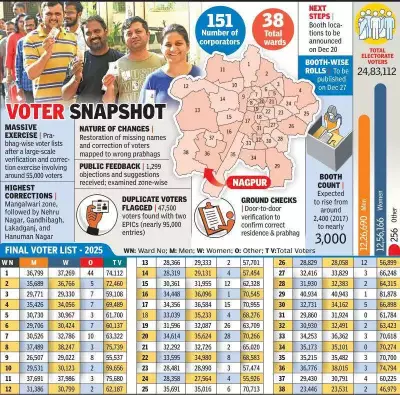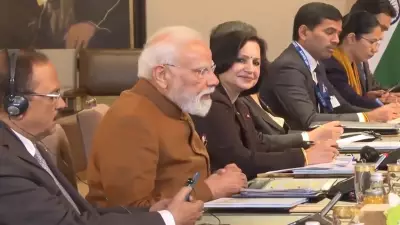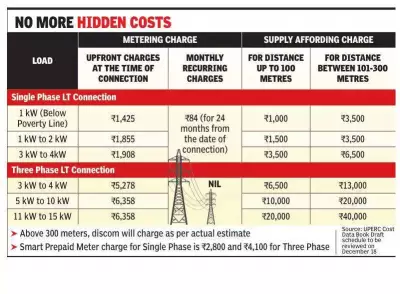
The political landscape in Bihar is heating up as the 2025 Assembly elections draw closer, with major parties positioning themselves for what promises to be a fiercely contested battle. The Bharatiya Janata Party (BJP) is executing a multi-pronged strategy to strengthen its foothold in the state, while the Congress party is working to consolidate opposition forces.
BJP's Calculated Power Play
The BJP has intensified its organizational activities across Bihar, focusing on booth-level management and voter outreach programs. Party insiders reveal that the leadership is particularly focused on constituencies where the margin of victory was narrow in previous elections. The strategic deployment of central ministers for frequent visits to Bihar indicates the importance the party places on this electoral battleground.
Congress Counter-Strategy Unfolds
Meanwhile, the Congress party is actively working to reinvigorate the Mahagathbandhan (Grand Alliance) despite recent challenges. Senior leaders are engaged in behind-the-scenes negotiations to present a united front against the NDA. The party is banking on its traditional voter base while attempting to make inroads among younger demographics through targeted campaigns.
Key Constituencies Under Spotlight
Several high-profile constituencies have emerged as critical battlegrounds that could determine the election outcome. Both alliances are carefully selecting candidates for these seats, considering factors like local influence, caste equations, and anti-incumbency factors. The focus is particularly strong on urban centers where development issues tend to dominate voter concerns.
Leadership Dynamics at Play
The election is also testing the leadership capabilities of prominent figures across parties. Tejashwi Yadav's ability to carry forward his father's legacy while appealing to new voters is being closely watched. Similarly, Nitish Kumar's political maneuvers and the BJP's state leadership are under scrutiny as they navigate complex alliance mathematics.
What Voters Are Saying
Ground reports suggest that employment, infrastructure development, and agricultural issues remain top concerns for Bihar's electorate. While traditional loyalties continue to influence voting patterns, there's growing evidence that performance-based voting is gaining traction, especially among younger and urban voters.
As the political temperature rises, all eyes remain on Bihar, where the outcome could have significant implications for national politics. With several months remaining until the elections, the strategies and alliances may still evolve, making this one of the most unpredictable and closely watched state elections in recent times.





